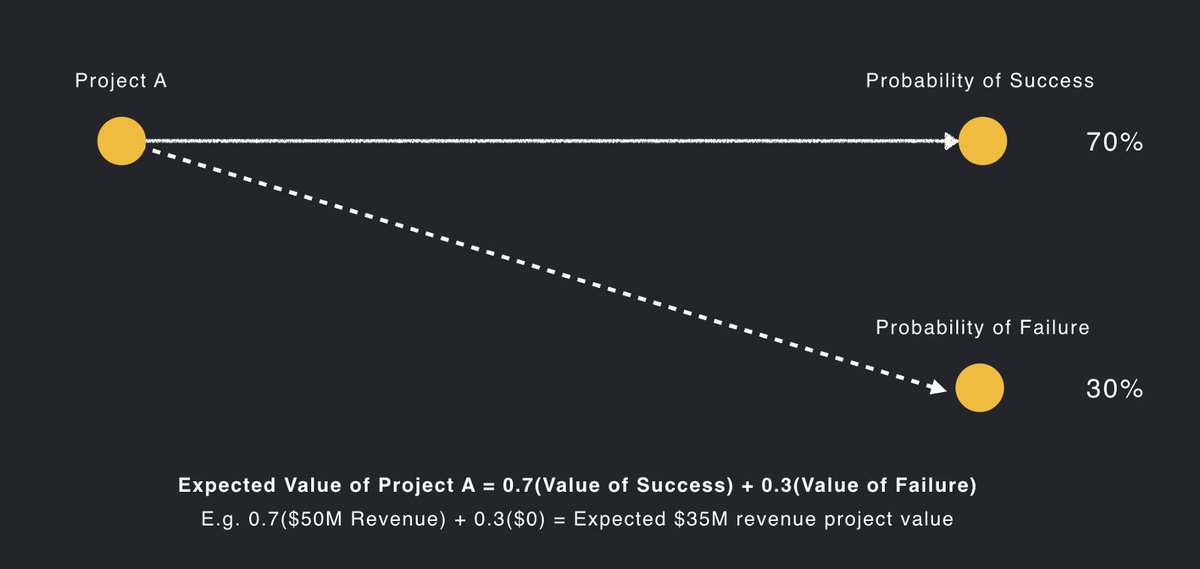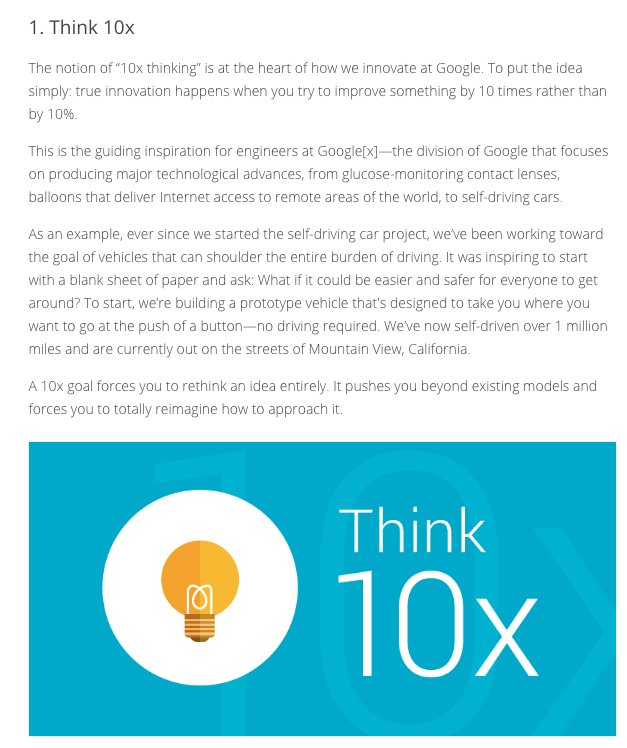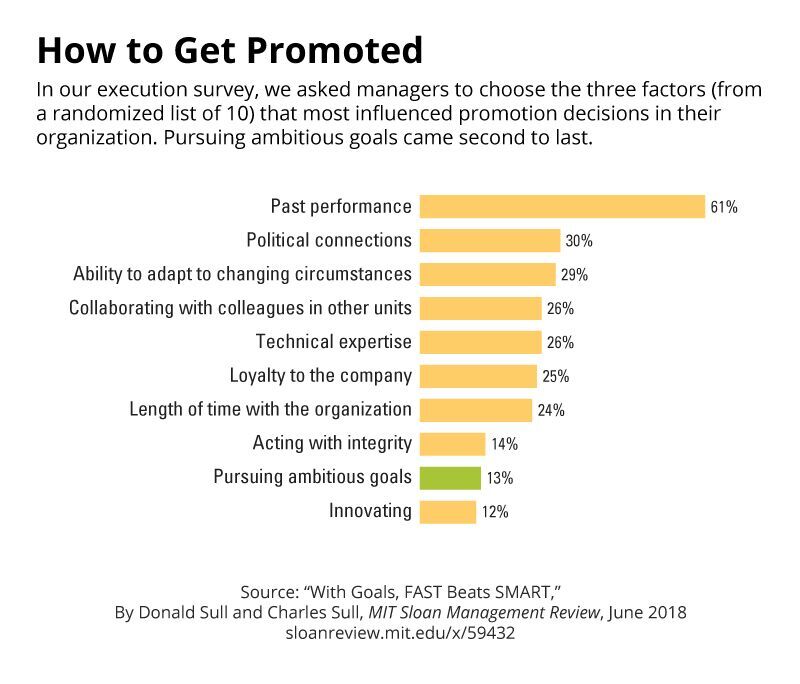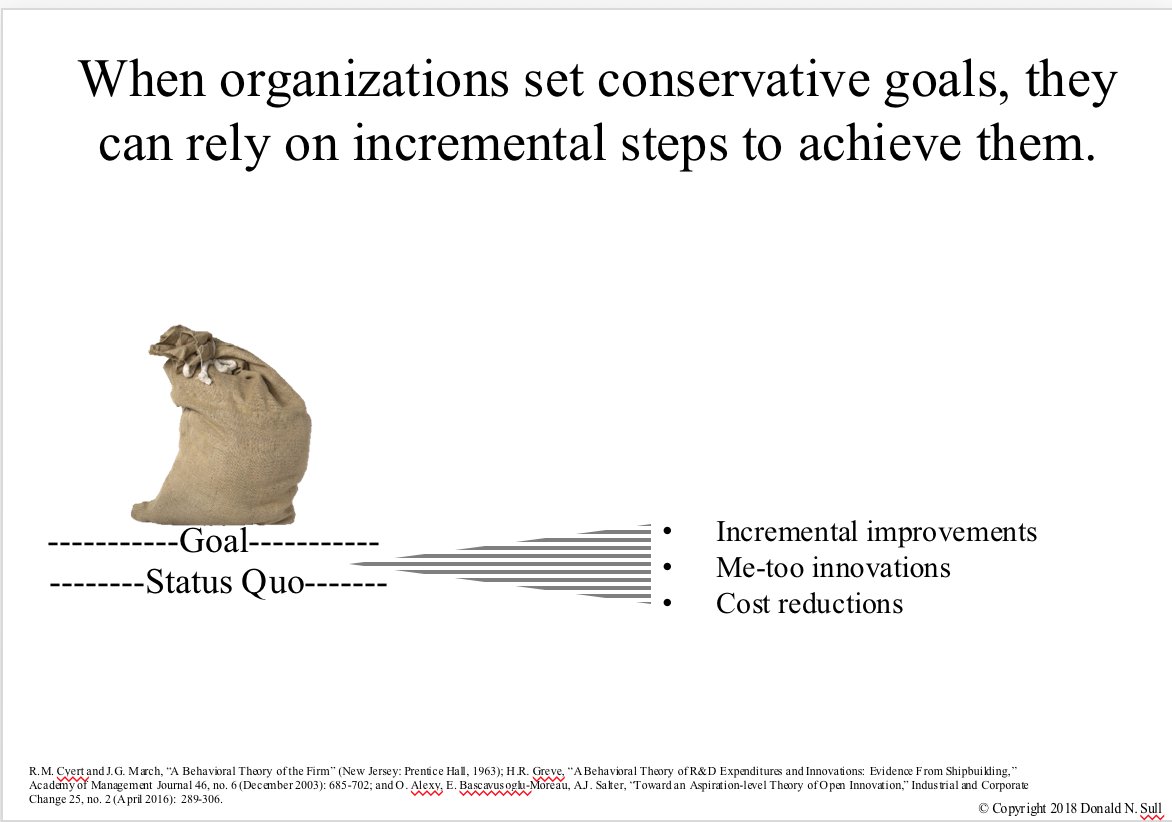Also coming to you in tweet form:
1⃣-4⃣: 💰 Figuring out Where to Invest
5⃣-🔟: 🎨 Designing and Scoping
🔟➕: 🚢 Shipping and Iterating
Related to the Time Value of Shipping, the right investment decision changes based on the time period you are optimizing for.
When building a product, don’t bank on a second version ever shipping. Make sure the first version is a complete product because it may be out there forever.
And as you accumulate more models, ideally through experience, the better you will get.


















